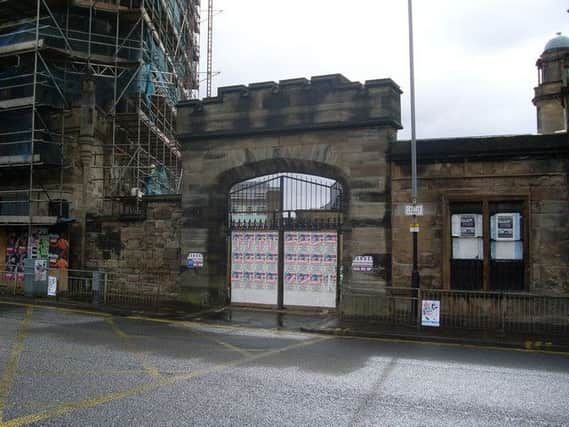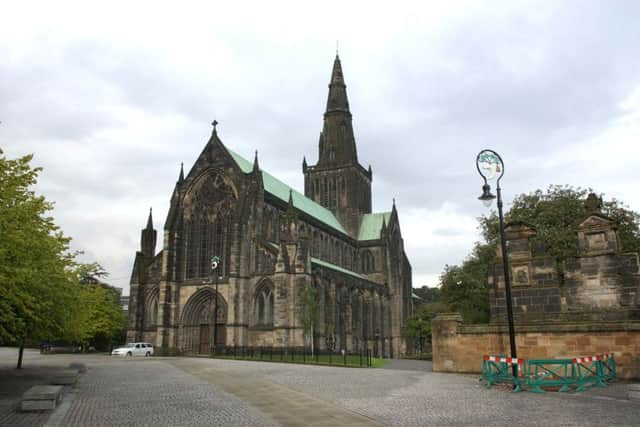Glasgow once had a castle to rival Edinburgh’s


The most famous examples are the fortresses that tower over Edinburgh and Stirling.
Glasgow, meanwhile, contents itself with having the best preserved medieval cathedral in the country.
Advertisement
Hide AdBut few visitors to the city’s Cathedral Quarter realise there was once another historic building standing close by.


The Bishop’s Castle stood on a site now occupied by Glasgow Royal Infirmary. This impressive fortified compound included a five-storey keep, known as the palace, and served as the principal residence of the bishops and latterly archbishops of Glasgow.
Visitors to the castle in the mid-16th century would have seen a palace and courtyard surrounded by a 15ft defensive wall, with entry controlled by a looming two-towered gatehouse with the archbishop’s coat of arms prominently on display.
In the centuries before the Reformation of 1560, Glasgow and St Andrews were the principal religious centres of the Kingdom of Scotland and their respective archbishops yielded immense political power.
The Bishop’s Castle projected this power as well as offering a defensive base during the country’s regular spells of civil war or invasion.
The fortress was also the heart of civic Glasgow, hosting meetings of the Town Council, and was used as a local prison and place of execution.
Advertisement
Hide AdA precise date cannot be given for its construction, but it’s likely some form of bishop’s residence was built around the time David I witnessed the dedication of the first stone-built Glasgow Cathedral in 1136.
A fortification was certainly in place by the time Edward I of England invaded Scotland in the 1290s as he deemed it worthy of being garrisoned by his army.
Advertisement
Hide AdThe rebel army led by Sir William Wallace is said to have attempted to retake the castle from the English during this period.
John Cameron, bishop of Glasgow from 1426-1446, oversaw the building of the great five-storey tower, while Archbishop James Beaton had the defensive wall built as well as a new tower.
The castle’s golden era was ended by the Reformation. Protestant bishops of Glasgow did continue to use the tower as an occasional residence, and its role as a town jail continued.
By the time bishops were abolished in the Scottish church in 1638 it was already in decline. The Town Council soon switched its meetings to the tollbooth built at Glasgow Cross.
Throughtout the 1700s, the castle descended into an increasingly ruinous state as its stone was reused for other buildings.
All traces of it were demolished in 1792 to make way for the Royal Infirmary.
A number of carvings from the castle, including the coat of arms that once stood above its gatehouse, are now displayed in Glasgow Cathedral.